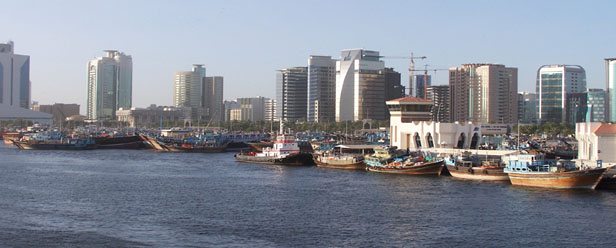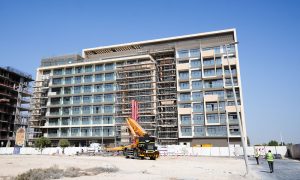Dubai Creek fails UNESCO World Heritage Site test
Atmosphere, urban setting of Dubai Creek have altered, UNESCO report says

RELATED ARTICLES: Development to commence in Al Seef area of Dubai Creek | Landmark Dubai Creek might be registered as UN heritage site | Nakheel launches Deira Islands project
The bid by Dubai Government to register the Dubai Creek as a World Heritage Site has been deferred by the United Nations Educational, Scientific and Cultural Organization (UNESCO) on grounds of insufficient data and the failure to meet certain cultural criteria put in place by the organisation.
UNESCO rsquo;s announcement comes in wake of the ongoing World Heritage Committee meetings being held between June 15 and June 25 in Doha, Qatar, where the list of World Heritage Sites was also expanded to take its total tally to 1001.
In a report, International Council on Monuments and Sites (ICOMOS), the advisory to UNESCO for World Heritage Sites said: “With the exception of the waterway and some of the banks and markets, major parts of the property have lost connection to their historical use and function. The few remaining historic houses have been restored – some rather extensively – and do no longer function as residences, but are reused as cultural institutions, museums and foundations or small hotels.
“While these functions sustain the future maintenance of the structures they have also changed the atmosphere of what was once a vibrant residential merchant quarter,” the report continues.
According to the report, developments being undertaken in the vicinity of the Creek, such as Nakheel’s Palm Deira project “will further alter the urban characteristics and setting of Dubai Creek.”
The report states: “Palm Deira is a large scale urban development project launched in 2004. The original plan foresaw new settlements for 250,000 people on this land reclamation, but the plans have now been downgraded with a final design yet to be decided. While the original plan could also have affected the hydrodynamics of the creek, further hydrodynamic studies will need to be conducted for the revised design.”
Big Project ME had, in April 2014, been informed by Najib Mohammed Saleh, head of the Planning and Research section at Dubai Municipality’s Planning Department about the government’s intention to register a 4.5km-long stretch of Dubai Creek as a UNESCO World Heritage Site.
“Al Fahidi remains the most important trading hub in the city,” Saleh had said at the time. “Even today, most trading activities take place there. Business is not only in the shopping malls.
“We (Dubai Municipality) are in talks with the UN to register the creekside in Old Dubai as a heritage site,” he added, hinting at major infrastructural revamps that were later reported as being undertaken by Meraas Holding across 1.8km of the Dubai Creek’s strip.


















